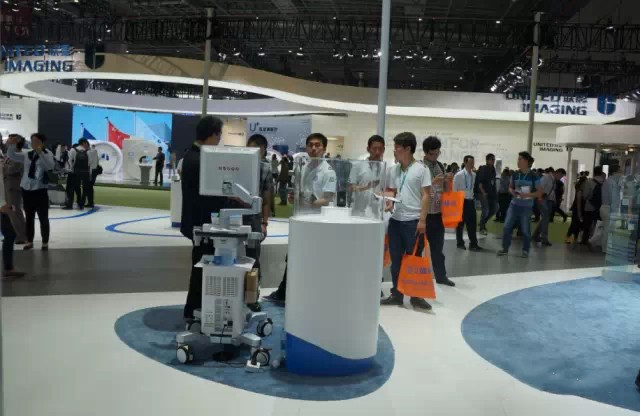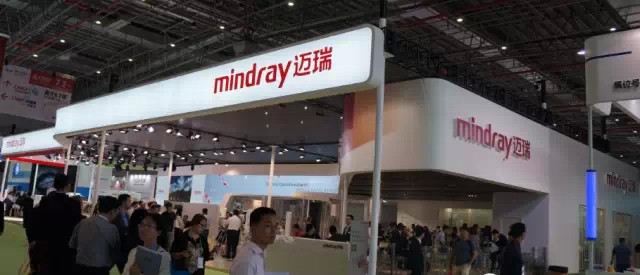LED strobe refers to two concepts
One is stroboscopic: the depth at which the luminous flux of the electric source fluctuates. The greater the depth of the undulation, the greater the stroboscopic depth.
The second is the stroboscopic effect: the negative effect of the strobe of the electric light source on human vision. The greater the stroboscopic depth, the greater the negative effect and the more serious the hazard.
The stroboscopic and stroboscopic effects are directly related to the type of electric light source and its technical performance. Different types of electric light sources with different technical performances have different stroboscopic and stroboscopic effects.

Strobe is actually a stimulating perception of the eye by the illumination source. The perception of the stroboscopic light source by the human eye depends mainly on the amplitude and frequency of the brightness of the light source. The source luminance amplitude is in turn usually expressed in terms of the modulation percentage of the amplitude and its luminance value. Experiments have shown that the different frequencies of the illumination source make the threshold percentage of the stroboscopic amplitude modulation visible to the human eye.
We just talked about the stroboscopic effect of LED Lighting products, but many people don't know what it means.
The essence of stroboscopic light source is the fluctuation of luminous flux. Under the driving of AC or pulsed direct current, the luminous flux, illuminance or brightness change with the periodic variation of the current amplitude. The human eye to the human brain produces this change. Subjective response.
Usually, the flicker is divided into visible flicker and invisible flicker according to human feelings. When the frequency is greater than 100 Hz, the human eye does not feel the flicker phenomenon, but it still causes eye fatigue, headache, etc. This is the stroboscopic effect, and it is generally believed that this effect exists within 500 Hz. For this US Energy Star (ENERGYSTARlamps V1.0draft4 specifies the conditions for flicker to be met in the requirements of dimming performance, used in all lamps, as shown below:

The range allowed by the source strobe is:
1. The frequency is not less than 120Hz;
2. In the frequency range of 120Hz-800Hz, F1<;0.001X frequency
3. When the frequency is greater than 800 Hz, there is no requirement for F1;
4. When the frequency is uncertain, PF<;30%;
In addition, the compact fluorescent light output frequency needs to be 20-30KHz, or greater than 40KHz.
The essence of stroboscopic light source is the instability of luminous flux. When detecting the fluctuation of the light source with time, you can test the curve of the brightness and the curve of the luminous flux or illuminance under the same conditions.
Formation System,Quality Formation System,Formation Automatic Line System,Automatic Battery Waterbath Formation System
Zhejiang Baishili Battery Technology Service Co,.Ltd. , https://www.bslbatteryservice.com